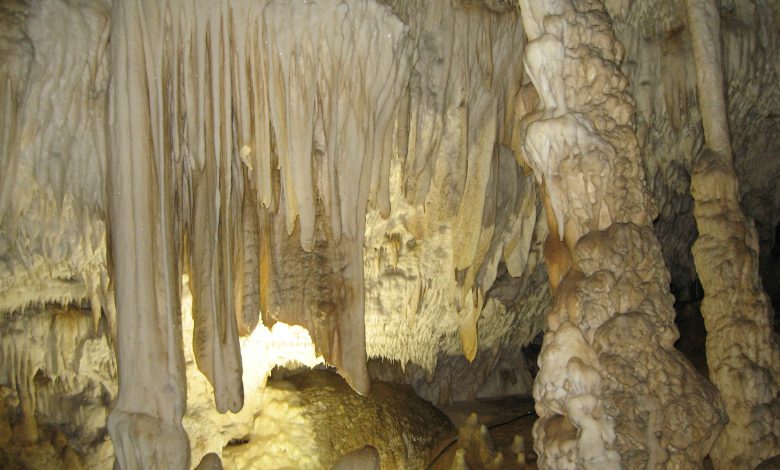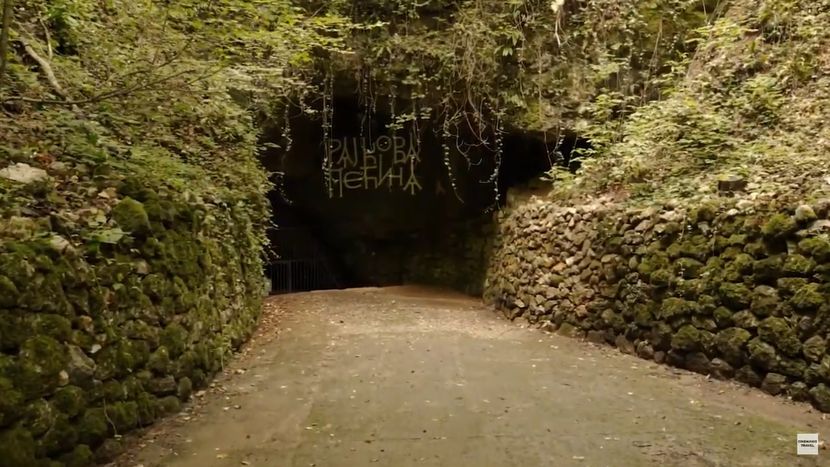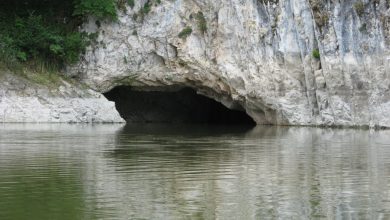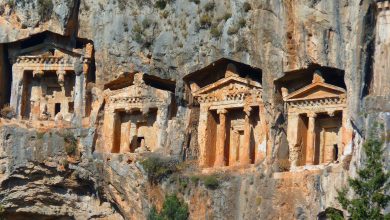RAJKO’S CAVE: The hidden treasure of Robin Hood

It is one of the most important tourist caves in Serbia. It is located in eastern Serbia, near Majdanpek. It can be reached by an asphalt road near the shores of Mali Pek and the artificial lake “Veliki Zaton”. Its altitude is 470 m. The entire surroundings of the spring of small Peka are rich in a mixed forest of beech, maple and oak and represent a unique natural and speleological treasure.
The river Mali Pek near Majdanpek, known as the gold-bearing one, is formed by the confluence of the Rajkova river, which flows through the cave of the same name, to join the Paskova river not far from the cave.
Rajkova cave is not only one of the most beautiful in our country, but also one of the longest, since 2,304 meters of its canals have been explored so far.

It was named after the famous Rajko Vojvoda, when it is assumed that he lived in the 19th century. According to tradition, he was a mechanic during the day, he robbed Turkish caravans at night with his friend Pop Martin, and, as it was believed at the time, he hid the stolen treasure in a cave. According to the story, priest Martin lived in a village near Belgrade (Grocka is most often mentioned) and when he was little, the Turks took him to be a janissary, but he somehow managed to escape. He has hated the Turks ever since. Thanks to his reports, Rajko always knew when a ship was leaving Belgrade with Turkish treasure. And pop Martin forwarded the reports to Rajko in a bag full of walnuts, where he would put a message in one of them with the exact time of departure of the Turkish ship. With his thirty or so hajduks, Rajko would set up an ambush near Boljetina, at the place where the ships had to sail along the shore due to the whirlpools, so that they could hook the boat with hooks and draw it to the shore. There they would liquidate the Turks, take the treasure and distribute a part to the poor. Rajko hid the rest of the treasure in a hidden place in a cave through which a sinkhole flows (and it was later named after Rajko).
In the end, the hajduk was liked by the Turks, who, it is said, hanged him right here, before he managed to tell anyone where he hid the stolen treasure. However, there are other versions of the end of this story, according to which, after the Turks found out what he was doing and went in search of him, Rajko and his hijackers fled. In that case, he deceived the traces very well, because it is not known where he went – some say that he went to Romania, others that he went south, and the third to the east. In any case, now this whole area has its own legend that Rajko went to his village and left offspring there.
What all these legends coincide with, however, is that Rajko’s treasure remained in the cave, defying numerous attempts by adventurers and seekers to find it.
Although to this day the treasure has not been found, when you enter this cave, the “treasure” is easily noticeable. Numerous cave decorations are there, as well as the Hedgehog and Concert Hall, then the Bath Hall. And there is also the Small and Large Organ, and the Hanged Hayduk Rajko, the Hall of Stećak tombstones and the Crystal Hall, as well as the Waterfall Hall, the Altar, the Winter Fairy Tale and Ghosts. These are all riches of Rajko’s cave.

The cave was first explored by the geographer Jovan Cvijić in 1894 and he left scientific data about it in the part “Caves and underground hydrography in Eastern Serbia”. In that part, he calls Rajko’s cave Homoljska lepotica, and the research was continued only in the seventies of the 20th century, under the leadership of Dr. Radenko Lazarević. It was opened for tourists in 1975. The entrance to the cave from the direction of the village of Rajkova was inhabited in prehistory, as evidenced by the stone hammer that is kept in the archaeological collection of the Museum in Majdanpek.
In addition to the dry horizon, this cave also has a river horizon, since the Rajkova river flows through it. After the reconstruction, both horizons are connected, which enabled visitors to go on a circular tour of this natural beauty of our country.
Although it is currently closed for visits due to current measures, the ticket price is 300 dinars per person. Working hours are from 07:00 to 15:00, Monday to Friday, and on weekends between 09:00 and 13:00.



